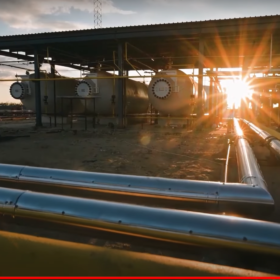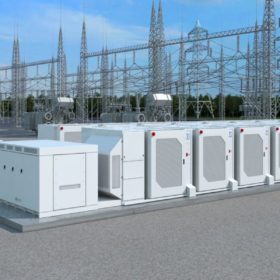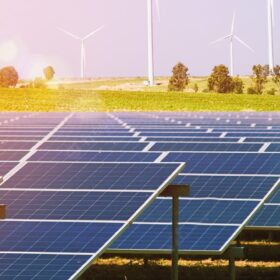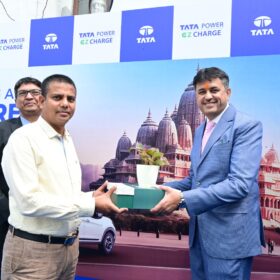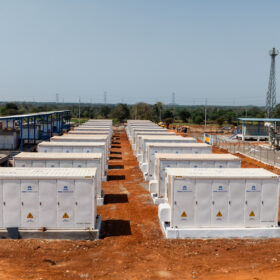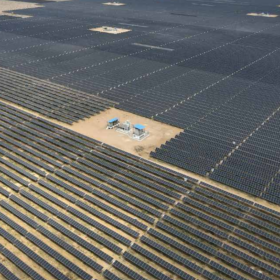India, Saudi Arabia and UAE top in green hydrogen competitiveness
The United Arab Emirates (UAE) tops in green hydrogen competitiveness with the world’s lowest levelized cost of hydrogen (LCoH) of $2.7/kg in 2023 and a projected $1.7/kg in 2030. It is followed by Saudi Arabia and India, which could produce green hydrogen at $2.9-$3.2/kg in 2023 and $1.8/kg in 2030.
Odisha launches 500 MW/2,500 MWh energy storage tender
GRIDCO has started accepting bids to set up 500 MW/2,500 MWh of energy storage systems connected to the grid. Bidding closes on April 23.
MNRE sets CdTe module efficiency requirement for ALMM enlistment
The Ministry of New and Renewable Energy has established minimum efficiency standards for cadmium telluride (CdTe) thin-film solar modules to qualify for inclusion on the Approved List of Models and Manufacturers (ALMM).
Waaree Solar Americas appoints Gordon Brinser as COO
Waaree Solar Americas Inc has appointed Gordon Brinser, EnerSys’ former vice president of operations, as its chief operating officer.
Adani sponsored ‘green energy gallery’ opens at London Science Museum
London Science Museum’s newest exhibit is focused on energy transition and renewable energy. The gallery showcases how the world can generate and use energy more sustainably, highlighting technologies and projects from the UK and abroad. Adani Green Energy is the gallery’s title sponsor.
Renewable energy developers applaud Supreme Court verdict on Great Indian Bustard protection
India’s apex court has relaxed restrictions on the construction of overhead transmission lines in the potential areas for renewable energy generation in Rajasthan and Gujarat. It has also constituted a new committee to identify measures and safeguards to be adopted in overhead transmission that can help conservation of Great Indian Bustard.
NTPC allocates 1,584 MW of renewables-plus-storage at $0.056/kWh
The winning developers will set up renewable energy projects backed with energy storage system to supply firm and dispatchable renewable energy. The projects are to be developed on a build-own-operate basis.
Tata Power sets up EV charging points in and around Ayodhya
Tata Power, in collaboration with Ayodhya Development Authority (ADA), has made Ayodhya electric vehicle (EV) ready by establishing EV charging points in and around the city.
India needs the most advanced battery storage ecosystem with over 238 GWh of capacity to support 500 GW non-fossil energy target by 2032, say experts at IESA SESI 2024
Industry experts at the 4th Edition of the International Conference on Stationary Energy Storage India (SESI) 2024 emphasised the rapid deployment of battery energy storage system (BESS) and pumped hydro in India.
SECI launches 1.2 GW solar-plus-storage tender
Solar Energy Corp. of India (SECI) has invited bids to set up 1.2 GW of solar PV projects linked to 600 MW/1,200 MWh of energy storage systems on a build-own-operate basis anywhere in India. Power procured by SECI from these projects has been provisioned to be sold to the different buying entities of India. Bidding closes on April 30.
